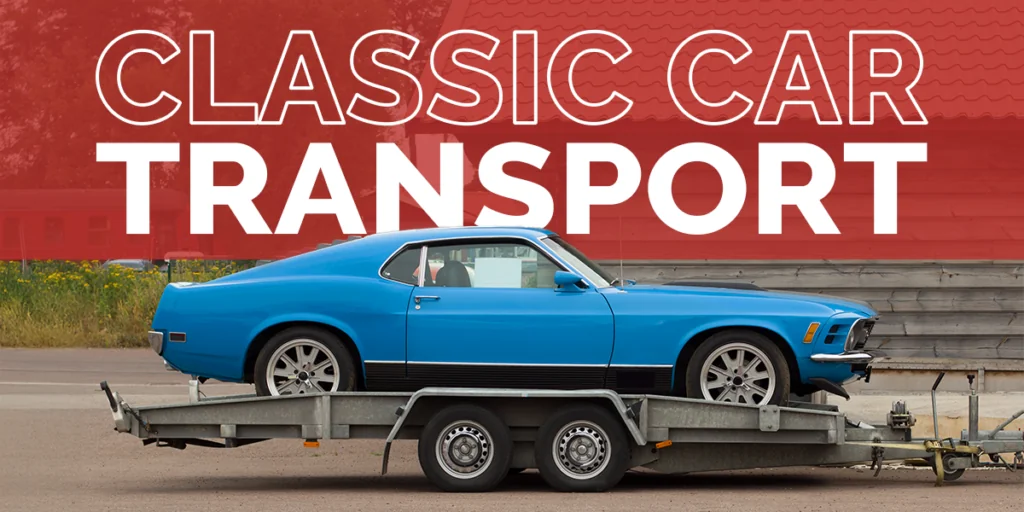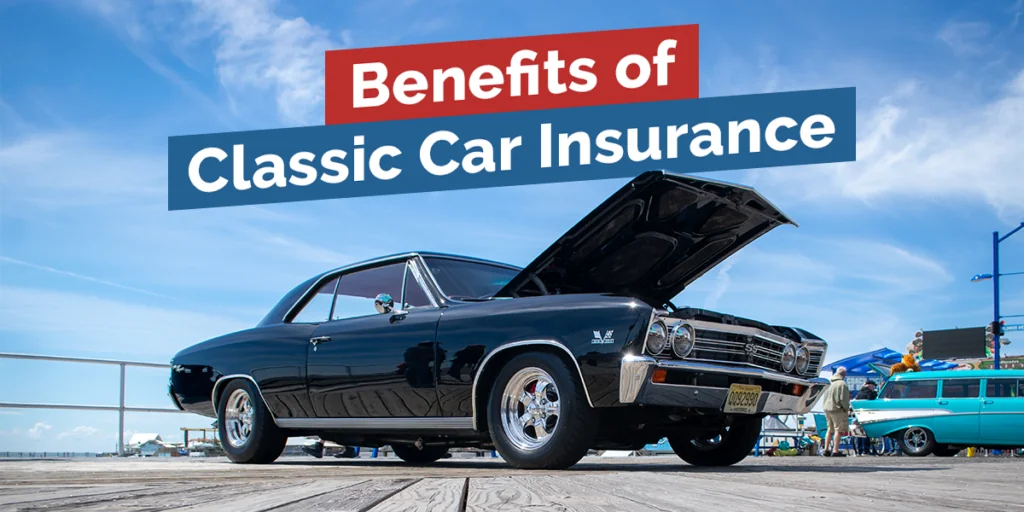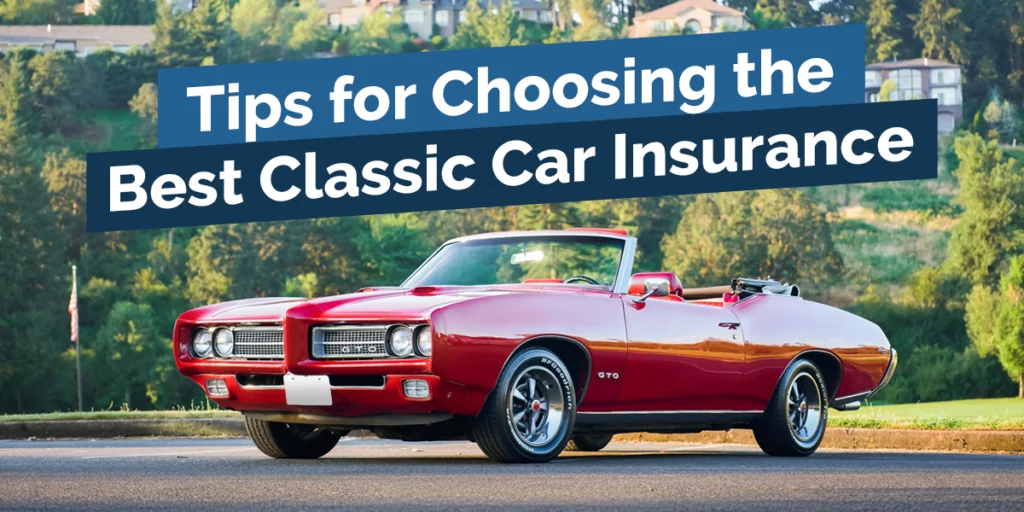Sponsored Post Contributed by NewOldCars.com, a car finding blog and classifieds.
“Industry Insights” is a new web series from American Collectors Insurance in conjunction with Andre Clemente, founder of NewOldCars.com. We look forward to sharing Collector related insights, vehicle spotlights, buying tips, & much more. Enjoy!
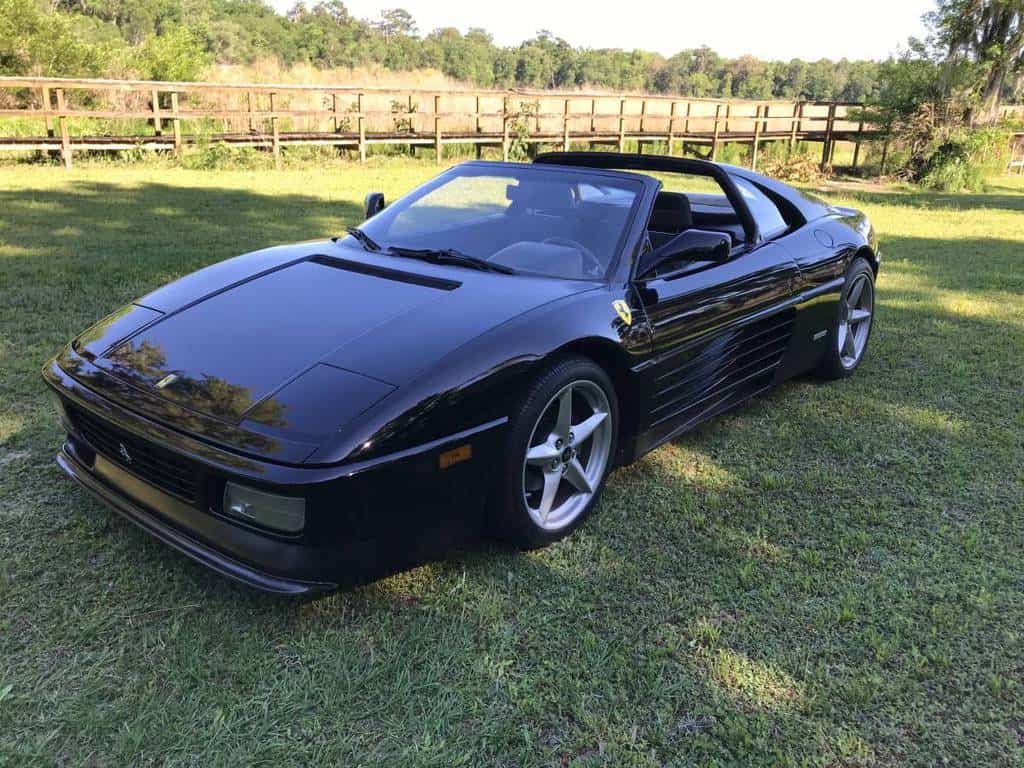
Like many others, here is a forgotten and overshadowed car. When is the last time you’ve seen one, let alone thought of one? And quite frankly, how can a car look this good and be so overlooked? The reality is that most people don’t appreciate the 348 for what it really is, and the car is routinely disregarded in favor of the F355 or 360 Modena.
On paper, it’s easy to see why. For one, the 348 is always mocked for being “slow” – even when it was brand new (everything from the NSX to the $30k LT1 Corvette could leave it in the dust). Its 0-60 time of 5.8 seconds was more than half a second behind that of the Porsche 911 (964). It even got spanked by GMC’s Syclone in a famous Car & Driver comparison back in the ’90s. Sure, the 348 had 40 more horsepower than the 328 it replaced, but it’s also 200lbs heavier. When paired with taller gearing, the 348 wasn’t much faster than the 328. Nor was it better looking, as some would say.
One of the 348’s party trick is the transaxle, which now sits behind the motor (rather than underneath it, like on the 328). Unfortunately, this new engine layout means that the timing belt sits right up against the rear bulkhead, requiring engine removal for a belt change (the 328 had a transverse mounted engine, which meant the belts could be accessed from the wheel well – no engine removal required).

The 348 also uses Ferrari’s last solid lifter V8, which means it requires periodic valve lash adjustment. I could go on, but that’s because I’m looking at the glass half empty. However, when you look at the glass half full… The 348 is the purest form of a driver’s car – a 300 horsepower Ferrari with a manual transmission, manual steering, dry sump oil system, and a complete lack of electronic driver aids (minus ABS). This is the last solid lifter V8 Ferrari ever built (!) giving the 348 a raw, racy character and a mechanical rasp that no subsequent Ferrari V8 could replicate – especially at 7,800 RPM!
And sure, it weighs more than the older 328 … because its chassis is 59% stiffer. Plus, the engine is mounted 5″ lower thanks to the compact dry sump and a transmission that sits behind the motor (rather than underneath it, like in the 328). Power flows through a twin-plate clutch and a ZF limited slip, resulting in a Ferrari that actually encourages hard launches from a standstill (as MotorWeek found out.)
Plus – if you’re savvy enough – the 348 is one of the last Ferrari models that you can actually work on yourself. A site called my348.com grants you access to the factory service manual as well as DIY photos and explanations for common repairs!
The new engine layout meant there was room to mount a radiator on both sides of the vehicle (rather than at the nose of the car) further improving the car’s weight distribution – hence the “slicer” intake ducts on the sides, who’s sole purpose is to channel fresh air to those radiators. By the way, those ducts came straight from the Testarossa.
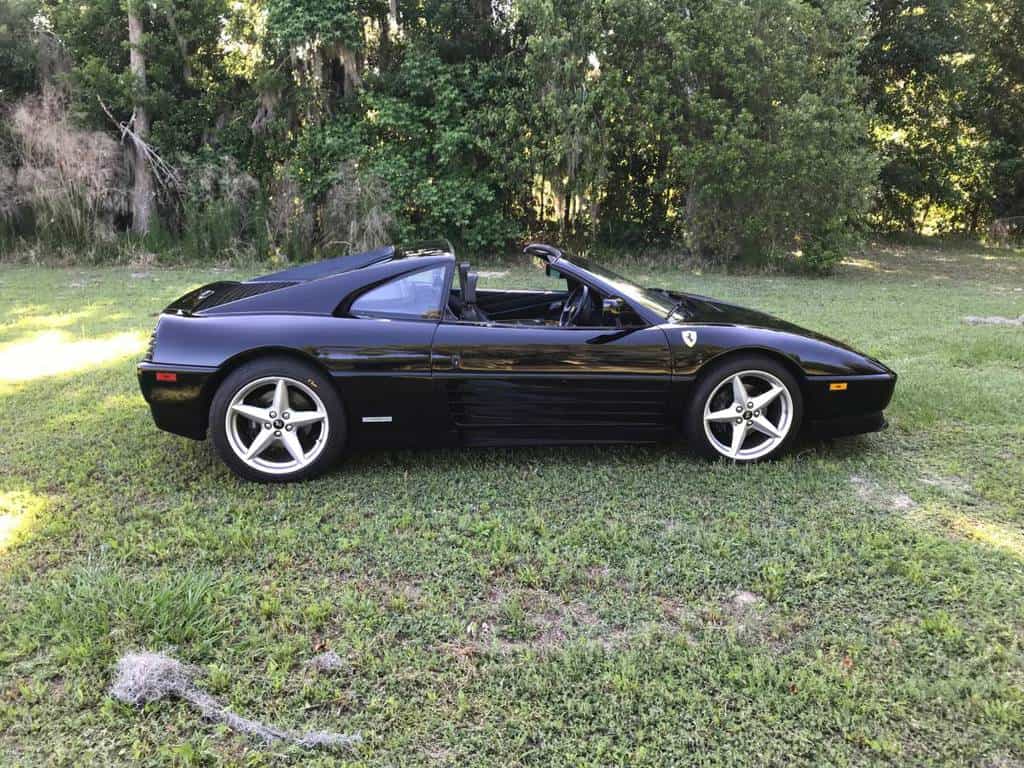
Having a radiator poke out on each side obviously made the 348 a quite wide. At 74.5 in, it was nearly ten inches wider than a Porsche Carrera 2 (which already has wide hips).
And honestly … when you see one wearing a monochrome black paint job paired with a set of sharp 5 spoke wheels, you just can’t stop staring at it. Quite frankly, it’s the best spec to have. Not many cars come with a factory stance that can rival this 348.
When the F355 came out in 1994, it was clearly a tasteful evolution of the 348’s styling, with its smoother lines and softer, rounded edges. It’s an absolutely beautiful car – much better looking than the 348 back in 1994. But in today’s car culture, some could argue that the tides have turned – there’s a growing lust for the crude, disco-era styling found on ’70s and ’80s sports cars. Having evolved from the same design language found on the Testarossa and F40, the 348 wears some of that wild Italian flair that disappeared with the F355. The sharp angles and vulgar side ducts give the 348 a touch of drama that the F355 simply doesn’t have.

Remember, as much as the F355 and 360 were better cars, there’s no ignoring the fact that these were the first Ferraris geared toward the masses. Things like power steering and automatic “F1” shifting made it easy to just hop in and drive. But the 348 requires you to roll up your sleeves before getting in – and that’s what makes this car appealing.
Plus, most F355 buyers opted for the F1 auto transmission, naturally making the low production 6spd manual coupes highly sought after (and expensive). On the other hand, the 348 could only be had with a 5spd manual, and these routinely sell for less than half of what the equivalent 6spd F355 coupe would bring.
Bottom line – the 348 is no dud, and it deserves some appreciation. Especially when it looks this good.
